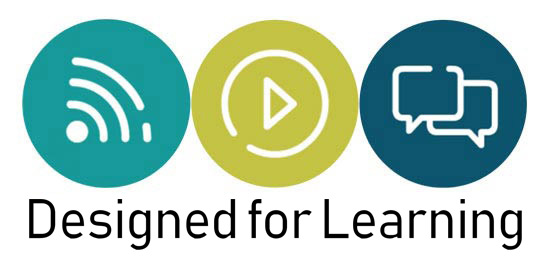06 Nov Judging the E-Learning Awards 2014
This year as vice-chair of the E-learning Network I thought it only natural to volunteer as a judge for the annual E-learning Awards organised by E-learning Age magazine. In 2012 I played an active role in two winning projects so I was keen to see behind the scenes and get an appreciation of what it’s like to be an award judge.
Having made it onto the judging panel at the beginning of August I was allocated two categories Best e-learning project: Private sector and also Best LMS Implementation. I was chair for the LMS category which means I was responsible for collating results and guiding discussions on the final short list.
There were a lot of entries this year, over 250 in all, with 20 entries in Category C (Best e-learning project – PrivateSector) and 12 entries in Category O (Best LMS implementation). Our initial task was to review each entry and award marks across a range of key attributes and then to use this marking scheme to arrive at our short list. Generally the submissions were excellent but there were large variations in how clearly the organisations described the work they had done. This lack of consistency made judging tricky but it is immensely rewarding and enlightening to see how people are using e-learning in all sorts of interesting ways.
Once we had arrived at our short lists we had to dig a little deeper and this is where the short listed companies presented their projects to us either at the two day face to face event at the Oval Conference Centre in London or alternatively online via Adobe Connect.
A key focus of the judging is an evaluation of effectiveness of the e-learning project. This is always tricky and traditionally L&D can sometimes be weak at measuring effectiveness beyond Kirkpatrick’s Level 1 (Reaction – the happy sheet). E-learning often benefits from a check of understanding via a multiple choice quiz so technically it makes to to Kirkpatrick’s Level 2 (Learning), but evaluating effectiveness at Level 3 (Behaviour) and Level 4 (Results) is much harder and many entrants struggled to find reliable evidence at these levels.
Following the presentations and some additional deliberating amongst the judges we selected three award winners (Gold, Silver and Bronze) from each category. Keeping these winners secret has been pretty easy for me (my mum thinks I should have worked for MI6 because I tell her so little) but on the evening of Thursday 6th November the results will be revealed to all at the awards dinner in London. I’m looking forward seeing the smiles on the winners faces and hope that those that missed out will also take comfort from the fact that simply making it onto the short list was an achievement in itself!
Interested in being a judge next year? Judging is open to all – the only qualification you need is to be passionate about e-learning! Now where is my dinner jacket?




puravive reviews
Posted at 16:15h, 19 FebruaryMy brother recommended I might like this web site He was totally right This post actually made my day You cannt imagine just how much time I had spent for this information Thanks
fitspresso reviews
Posted at 18:01h, 22 FebruaryFantastic beat I would like to apprentice while you amend your web site how could i subscribe for a blog site The account helped me a acceptable deal I had been a little bit acquainted of this your broadcast offered bright clear concept
aeroslim
Posted at 10:13h, 23 FebruaryI loved as much as you will receive carried out right here The sketch is attractive your authored material stylish nonetheless you command get got an impatience over that you wish be delivering the following unwell unquestionably come more formerly again since exactly the same nearly a lot often inside case you shield this hike
Rick Little
Posted at 14:15h, 25 FebruaryExcellent blog here! Also your website loads up very fast! What web host are you using? Can I get your affiliate link to your host? I wish my web site loaded up as quickly as yours lol
Fitspresso
Posted at 05:42h, 05 MarchhelloI like your writing very so much proportion we keep up a correspondence extra approximately your post on AOL I need an expert in this space to unravel my problem May be that is you Taking a look forward to see you
Binance Referral Code
Posted at 02:28h, 16 AprilYour point of view caught my eye and was very interesting. Thanks. I have a question for you.